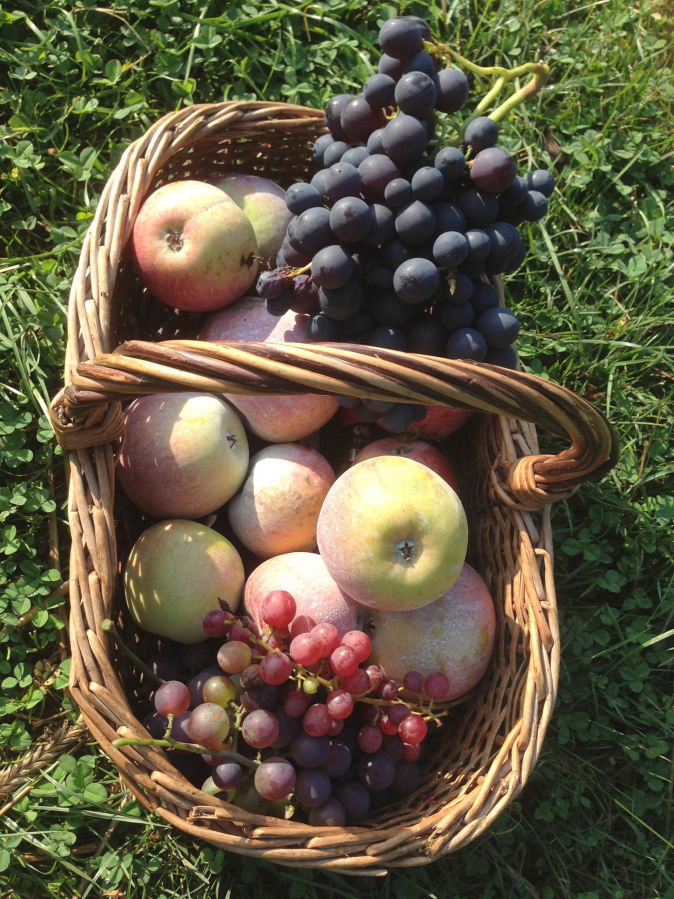“Ripe” is a term that’s used much too freely when it comes to fruits.
A plum is not supposed to taste sour like a lemon; that lemon-y plum is not ripe. Nor — and this is important — will it ever be.
Ripening can begin in a fruit’s “mature” stage, and when the fruit reaches the “ripe” stage, it’s best for eating. As it ripens, its color changes, the flesh softens, sugars increase and distinctive flavors develop. Apples, pears, kiwis, bananas, persimmons and quinces are some fruits that can ripen either on or off the plant, but to do so they must be mature before being harvested.
After the harvest
Whether a fruit can become delicious when ripened off the plant depends on the variety. For instance, summer apples generally taste best when picked dead ripe, but some “winter” apples (harvested late in the season), such as Idared and Newtown Pippin, taste best when they are picked mature and then ripen for a few months in storage.
A few fruits MUST be harvested when mature and then ripened off the plants. European pears, except for Seckel, are at their gustatory best only if ripened after harvest. Left to fully ripen on the plant, European pears turn mushy and brown inside.
Avocados also must be harvested under-ripe. Left to fully ripen on the tree, they develop off-flavors.
Now the important point: Many fruits do not ripen at all after being picked, so must be picked fully ripe to taste their best. Plums are in this group, as are grapes, figs, melons, cherries, peaches and more. Picked under-ripe, these fruits will still soften, and some of their complex carbohydrates may break down to sugars. But those changes are more akin to the first stages of rotting than the flavor changes associated with true ripening.
Storing it right
Late summer and fall bring on such an abundance of fruit that eating cannot keep pace with harvesting, so storage is necessary. Most fruits store best when kept cool and in high humidity. Cool temperatures slow the ripening of mature fruits, the aging of already ripe fruits, and the growth of decay-causing microorganisms. High humidity, as well as cool temperatures, slows water loss from fruits, preventing shriveling.
For most fruits (bananas and avocados are notable exceptions), optimum storage temperatures are near freezing, with relative humidity about 90 percent. The temperature in most refrigerators is between 35 and 40 degrees, and the relative humidity in a frost-free refrigerator is 40 percent on the shelves and 70 percent in the crisper. That’s a bit too warm and dry, but it’s a convenient place to store a small quantity of fruit. An old-fashioned root cellar provides almost ideal low temperatures and high humidity.
In late fall and winter, you may find storage areas around your home where you can keep a few bushels of seasonal fruits, such as apples, in good condition. Invest in a minimum-maximum thermometer, and check the temperatures in your garage, attic, foyer and cellar. I move bushels of apples from my garage to my foyer and then to my cool basement as outdoor temperatures turn progressively colder.
For long-term storage, maintain humidity around fruits. Pack them in plastic bags with a few holes for ventilation, in dry leaves, or — my favorite method — in plywood boxes (which “breathe” with the fruits).
Remove fruit from cold storage some time before you are ready to eat it. Fruit that was picked mature but under-ripe may need to finish ripening, which occurs more rapidly at room temperature. Even fruit that is already ripe should be allowed to reach room temperature so you can appreciate its full flavor.



